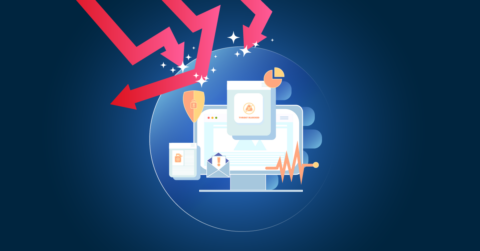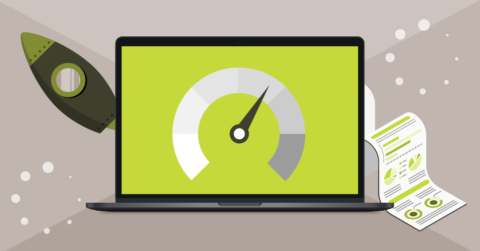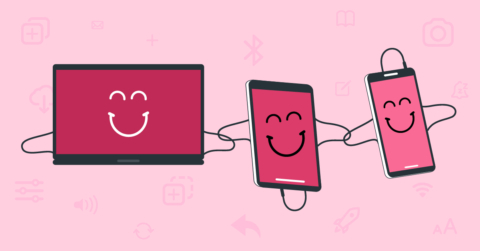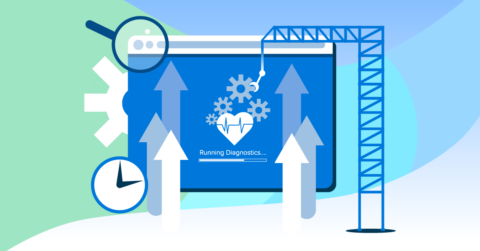
Lúgh Studio’s Ultimate Guide To Marketing Funnels
10/05/23
Digital donation
In today’s digital age, nonprofits are constantly seeking effective strategies to drive donations and achieve their missions. One powerful approach that has gained popularity is the use of marketing funnels.
Funnels are a series of steps designed to guide potential donors through the donation process. The goal, ultimately, is to drive more overall donations.
In this comprehensive guide, we will explore why marketing funnels are essential for nonprofits. We will also dive into several tips that you can use to optimize your own funnel, as well as recommend a few resources for your further education.
Download your PDF version of this guide here.
Why Marketing Funnels Are Important for Your Nonprofit
7 Tips For Your Marketing Funnel
What Is A Marketing Funnel?
A marketing funnel, in its most basic understanding, is a structured approach to guiding individuals from first discovering your cause to actively contributing. If you want to understand what a marketing funnel is, it helps to summarize the common steps that somebody will go through before they actually donate.
Here are a few steps future donors will typically experience:
- Awareness: People are only just hearing about your nonprofit and the kind of work you do.
- Interest: These same people are now somewhat interested in your cause, or the work that you have done. They are not yet considering donating their own money, but are more actively engaged in your message.
- Consideration: Here, potential supporters evaluate your organization’s credibility and impact. Maybe they consume your organization’s case studies or success stories to see if they actually want to donate to you.
- Support: A person has finally decided to become a donor. They part ways with their hard-earned money to support your cause.
As you can see, these are all very different stages, and the people within each one will interact with your organization in a slightly different way. Taken together, these four steps help clarify what a marketing funnel actually is…and how you can use it to your advantage at a nonprofit.
Why Marketing Funnels Are Important for Your Nonprofit
When people hear the term “marketing funnel”, the first thing that comes to mind is often private businesses. This is a limited way of looking at things, and can severely undermine your ability to drive donations.
Marketing funnels are just as relevant to nonprofits, and done correctly, can completely change the game for your organization. Here are three reasons why marketing funnels are important for your nonprofit.
1) They Help You Understand Your Donor Journey
There is a specific “journey” that most of your audience will go through before they become donors. Not everybody (in fact, almost nobody) will simply land on your website and donate. Instead, the donation process is more of a journey. Perhaps people need to interact with your content first. Maybe they look at your “About” page. Maybe they check out your social media accounts, or read some of the case studies of the things that you have done.
Regardless, the donor journey will be slightly unique to each potential donor. Setting up a marketing funnel (and examining it deeply) will give you a good idea of how potential donors interact with your brand.
The result? By breaking down the donation process into stages, from awareness to conversion, you can analyze how donors interact with your organization at each step. This makes it easier to identify areas for improvement and enhances the overall donor experience.
2) They Make It Easier To Nurture Donor Relationships
Once you understand the donor journey, it becomes much easier to pinpoint how exactly you need to communicate with each person. People don’t just want to give their money to any organization that asks for it. Instead, they feel more comfortable donating to an organization that gets results – and can effectively communicate it.
This is one of the biggest benefits of a marketing funnel: the constant contact that it allows. This nurtures your potential donor like nothing else. Whether through email, physical newsletters or customized campaigns, a marketing funnel lets you finesse your communication with donors.
The benefit is heightened trust and clarity on your organization’s mission. This naturally leads to increased, and more reliable, donations.
3) They Lead To Predictable Donation Growth
Taken together, these first two benefits of a marketing funnel lead to perhaps the most important one of all: predictable donation growth. This is essential. Indeed, the main end goal of a nonprofit’s marketing funnel should be to drive more donations.

The reason? With a marketing funnel comes heightened clarity on how your donors interact with you. This leads to a natural understanding of where you should devote your time and resources for a better donor experience. Once these areas are systematized, things flow much more naturally and predictably.
Think about it. By monitoring the performance of each stage in the funnel, you can gauge the effectiveness of your marketing efforts. This lets you make data-driven adjustments to optimize your donor conversion rates. The end result? A stable foundation for your fundraising efforts that can be depended on.
7 Tips For Your Marketing Funnel

No marketing funnel will be perfect. It will require constant testing and iteration to continue driving results.
That said, there are some actions just about any nonprofit can take to improve their results. Spend the time on just a few of these, and you will start to see improvement over time.
1) Define Clear Goals
Before implementing a funnel, outline specific and achievable goals for your nonprofit. What do you want to achieve with your marketing funnel? There are plenty of things that a marketing funnel can help with – be sure you are starting with this clarity.
Is your final goal all about increasing your total number of monthly donors? Or maybe you want to increase the total amount that each individual donor chooses to give. Perhaps it’s something closer to the top of the funnel when people are first interacting with you. In this case, a solid goal would be to increase the number of people that see your content.
Whatever it might be, it pays to be clear about the main goal of your marketing funnel. Only then will you know what to focus on, and where to put your attention when it’s time to act.
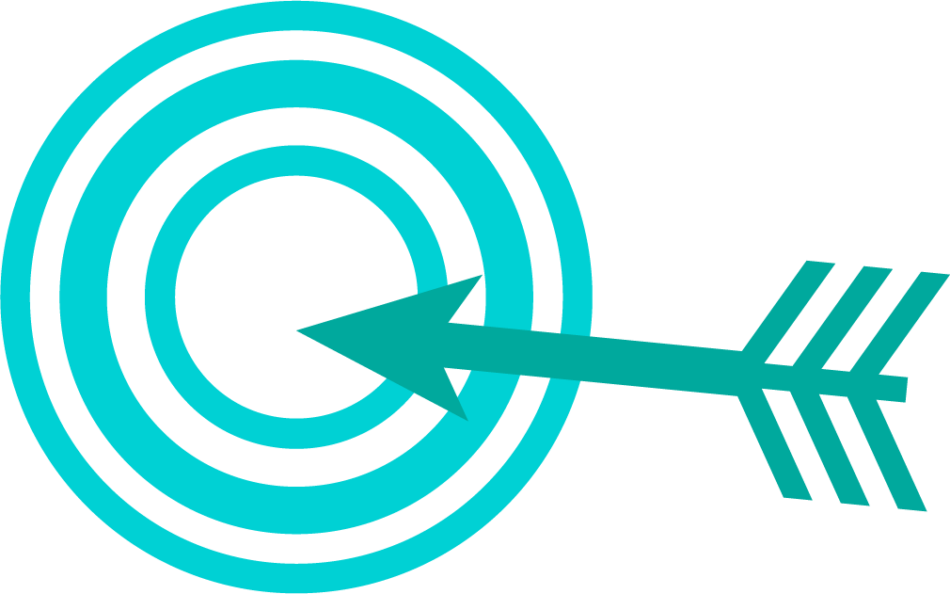
2) Identify Target Audience Segments
As we mentioned, one of the biggest benefits of a marketing funnel is that it helps you understand your potential donors more intimately. Who are the people most interested in your organization? What are their donation habits, and what kind of messaging will they respond best to?
These are questions you can answer when you start looking at your funnel more in-depth. That said, what you actually do with this information is essential. That’s why we recommend setting up several segments that describe your typical audience members. What are their interests, past interactions with your organization, demographics, and even donation history?
Segment people on these kinds of factors and you can more effectively tailor your messaging. This makes it more possible to resonate with their unique needs and motivations. It also gives you insight into the kinds of content they respond best to, which brings us to tip #3…
3) Create Compelling Content
In just about any online marketing endeavor, one of the most important elements is the content you create. Content marketing is how you build an audience and get people to trust you. It’s also how you educate people about your cause, and the true difference they can make with their donation. Plus, with something like user generated content, a solid content plan isn’t even something you have to devote a ton of time to.
As for the content throughout your marketing funnel? Well, the kind of content you create will differ at each stage of the funnel. Think about the top of the funnel, before people have donated to you and maybe even before they know what your organization does. You might begin the “convincing process” with informative social media posts or blog articles.
Once people have agreed to hear from you (through email, for example), you can then send more detailed content. Maybe these are informative emails about what your organization has done, or in-depth impact stories about the people you have helped.
Regardless, don’t skip this step. Compelling content keeps donors engaged and motivated to take the next step in their journey!
4) Optimize Landing Pages

Landing pages are critical components of your funnel. That’s because they are the entry points for potential donors. This makes landing pages the first time many donors will interact with you. It’s also important to keep in mind that different stages of the funnel will have different kinds of landing pages. The page somebody lands on to sign up for your email list, for example, should look different from the one people see right before they donate.
So, how do you ensure that your landing pages are contributing to an effective marketing funnel? Well, it’s all about the user experience. Your landing pages should not only be visually appealing but easy to navigate. Make them clear regarding the “next action” you want somebody to take.
Also ensure that the design of your landing pages is consistent with your organization’s overall branding. Get this wrong and there will be a mental disconnect when people come to your landing pages. The result is likely less donations because people have a moment of mistrust.
5) Implement Marketing Automation
When it comes to marketing funnels, the name of the game is automation. This is just as true for a nonprofit as it is for businesses. But why is automation so important? Essentially, automation ensures things run smoothly without you needing to always take action. It also makes constant communication a possibility, which is one of the foundational benefits of a well-tuned marketing funnel.
The natural result of this is a funnel whose performance is more streamlined. Not only do you save time and increase your efficiency, but it makes more personalized donor interactions a possibility. Here are just a few of the things automation can do for your marketing funnels:
- Automated email sequences to nurture leads to the point where they are ready to donate
- Personalized content that makes each individual in your audience more likely to bond with your organization
- Conversations with potential donors who haven’t yet completed the donation process.
Convinced? If you want to take advantage of automation in your marketing funnel, tools are how you make it happen. Don’t miss our last section on “Resources” if you want some software recommendations.
6) Utilize Retargeting Strategies
One of the most powerful strategies in a marketing funnel is to retarget people. Who has spent some time on your website? Who has interacted with your content? Which people have ended up on a landing page but didn’t sign up for your email list? These are all people that are more likely to donate than just about anybody else. This makes them valuable and worth contacting is much as you can.
As for how you do it? Creating ads on platforms like Google or Facebook is a great place to start. The majority of the people that have the chance to donate won’t actually take that step. Still, sometimes all you have to do is follow up and remind them of how important their donation would be.
Just like our tip about “automation”, there are plenty of tools that will help you take advantage of the power of retargeting. Check out one of our favorite options in the “Resources” section.

7) A/B Test and Optimize
If you want a powerful marketing funnel that results in more donations, it’s essential that you test things out. We’ve mentioned it numerous times on our blog but it’s important to repeat: you can’t base your marketing activities on a hunch. Instead, put in the work to get meaningful data, and then act on it.
You never know where meaningful interactions with potential donors are going to take place, and you never know which kind of content at each stage of your funnel is going to perform best. The only way to know is to actually test it.
Regularly A/B test different elements of your funnel. This can include aspects as diverse as your email headlines, to the copy on your call-to-action buttons, to the kinds of images you use when running a new fundraising campaign. Serious about crafting a marketing funnel at your nonprofit that brings results on autopilot? Data-driven insights combined with consistent action is the only way you’ll get there!
Resources For Your Nonprofit
If you want a marketing funnel that works, you need to constantly educate yourself. While our ultimate guide is a solid place to start, it helps to have other resources organized.
Here are a few you might consider:
Zapier: If you want to make automation work in your favor, this is a great place to get started. While there is a bit of a learning curve, there’s not many automations you can’t set up with Zapier.
DonorPerfect: Looking for your “ultimate tool” for increasing donations? That’s the ultimate goal of your marketing funnel, and this software will help you get there.
Mailchimp: A good marketing funnel, in one way or another, will require emails. And if you want to take your email marketing to a higher level, MailChimp is a great place to start.
Ultimate Guide to Retargeting Udemy Course: As we mention in our ultimate guide, retargeting is one of the best strategies you can implement throughout your marketing funnel. Check out this course if you’re ready to take that next step.
Unbounce: If you want people to take action on beautiful landing pages, Unbounce is a software that can make it happen. Easy to use and effective, this tool makes creating wonderful landing pages a breeze.
Conclusion
Marketing funnels, done right, can be a game-changer for nonprofits seeking to drive more donations in a structured way.
By understanding the importance of funnels, implementing certain best practices and utilizing the right resources, your nonprofit can benefit greatly from them. Take action on our ultimate guide, refer to it whenever you need to, and let us know if you have any questions!



